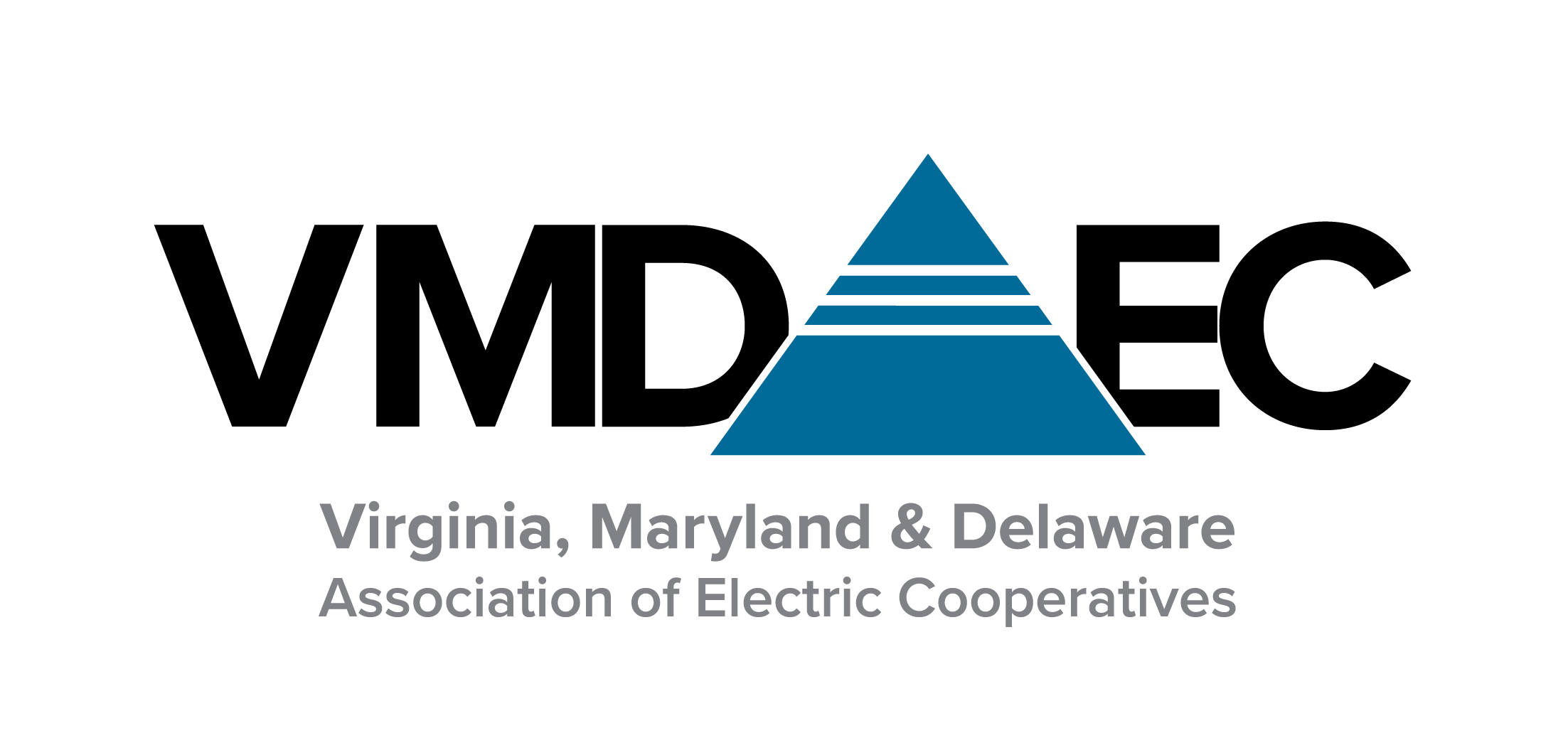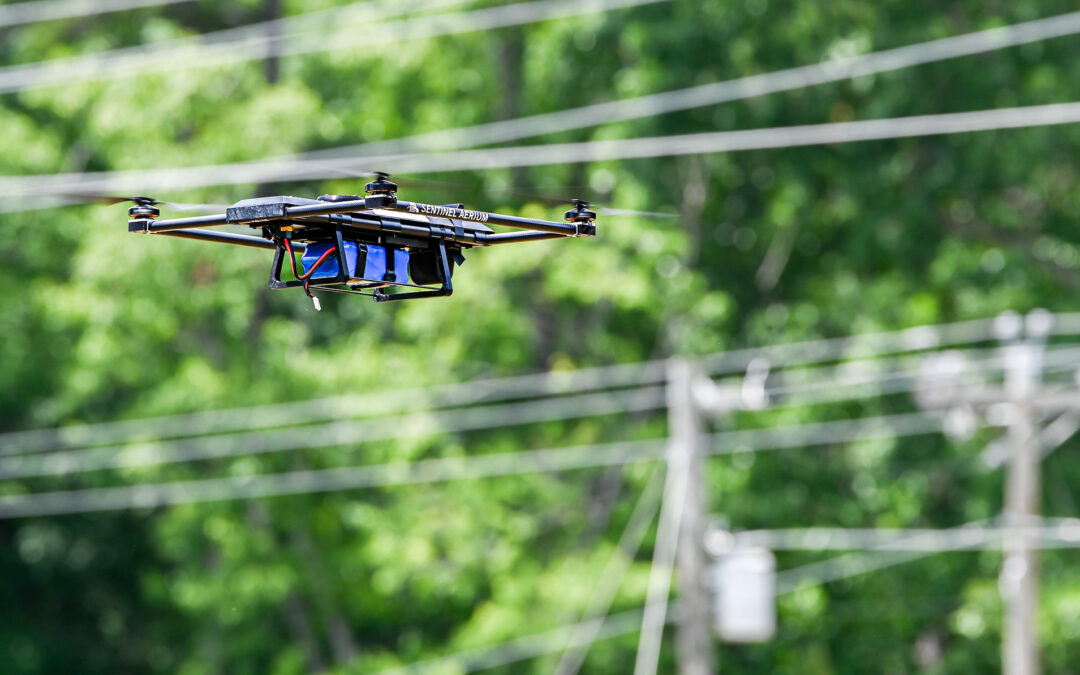The future of utility infrastructure inspections includes the use of autonomous drones communicating with the GIS systems of electric cooperatives and others. With more than 100 licensed pilots throughout the electric cooperatives in Virginia, Maryland and Delaware, unmanned aerial vehicles — drones — have played a vital role in power restoration, troubleshooting and system inspections.
Reliance on a crew comprising of a pilot and visual observer, as well as line-of-sight requirements by the FAA, has created a significant challenge in completing aerial inspections, according to Jason Taylor, director of unmanned aerial-systems programs for Sentinel Robotic Solutions (SRS Group).
Recent developments now empower any member of a cooperative, regardless of their maintenance or hardware expertise, to perform routine inspections with minimal training and operational maintenance requirements. “Advancements in artificial-intelligence inspection software, coupled with the extended flight endurance of the Sentinel Areum [an American-made drone developed by SRS Group] have revolutionized routine inspection processes,” says Taylor.
Originally focused on developing autonomous dogfighting tactics for F-16 aircraft, EpiSci TacticalAI design philosophy was refined during the execution of the DARPA Air Combat Evolution program. EpiSci, a multidisciplinary innovation company specializing in next-generation artificially intelligent solutions, conducted a demonstration flight with the Secretary of the Air Force aboard a modified F-16 equipped with the autonomous systems.
“Through the EEI [Electronic Export Information] program, EpiSci successfully transitioned its software into a marketable product and applied it to address challenges in power line inspection,” says Prashant Ganesh, principal research engineer for EpiSci.
The autonomy consists of three parts. First, software enables a drone to autonomously collect sensor data on poles and transmission lines. The data collection software allows a single operator to control two or more drones simultaneously, doubling the efficiency of pole inspections.
Next is the data analytics pipeline, which automatically inspects the data collected by the drones to identify defects and flags them for further operator inspection.
Finally, the command-and-control interface enables operators to control drones with a single handheld device, while also providing livestreaming of sensor data and telemetry for safe operation.
According to Ganesh, the TacticalAI software design philosophy focuses on trusted and safe autonomy, achieved through two main principles. Human-in-the-loop autonomy ensures operators are involved in the decision-making process. Autonomy is strictly bounded and operates within a defined scope, which helps prevent erratic behaviors in the presence of noise or sensor outages. Autonomy is modular. The software is divided into component pieces, allowing for easy modifications based on mission requirements.
“This flexibility enables us to leverage the same software stack used for Department of Defense missions for commercial applications, such as transmission line inspection,” says Ganesh.
Taylor says, “This partnership between SRS Group and EpiSci demonstrates a commitment to leveraging cutting-edge UAS technology to streamline operational workflows, enhance safety protocols, and optimize infrastructure maintenance practices within electric cooperatives.”
By integrating AI-driven solutions and advanced UAS capabilities, SRS and its cooperative partners are at the forefront of transforming how utility inspections are conducted, ensuring reliability, efficiency and safety across their operational landscapes.
–Report by Jim Robertson, VMDAEC


